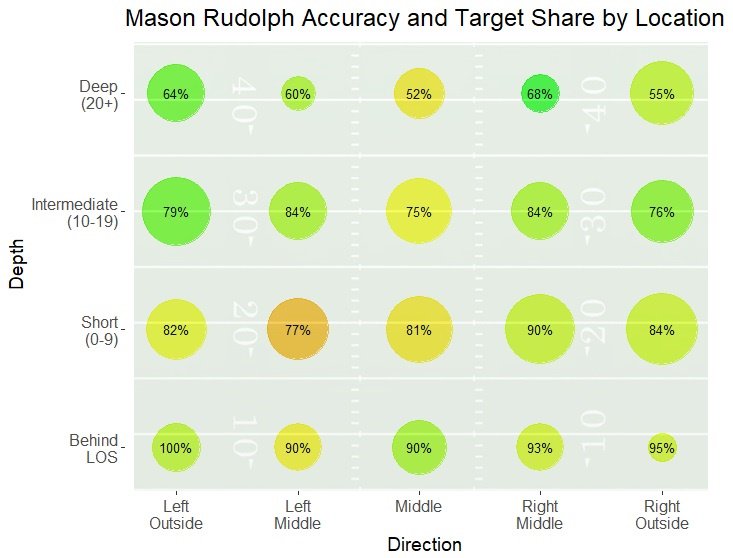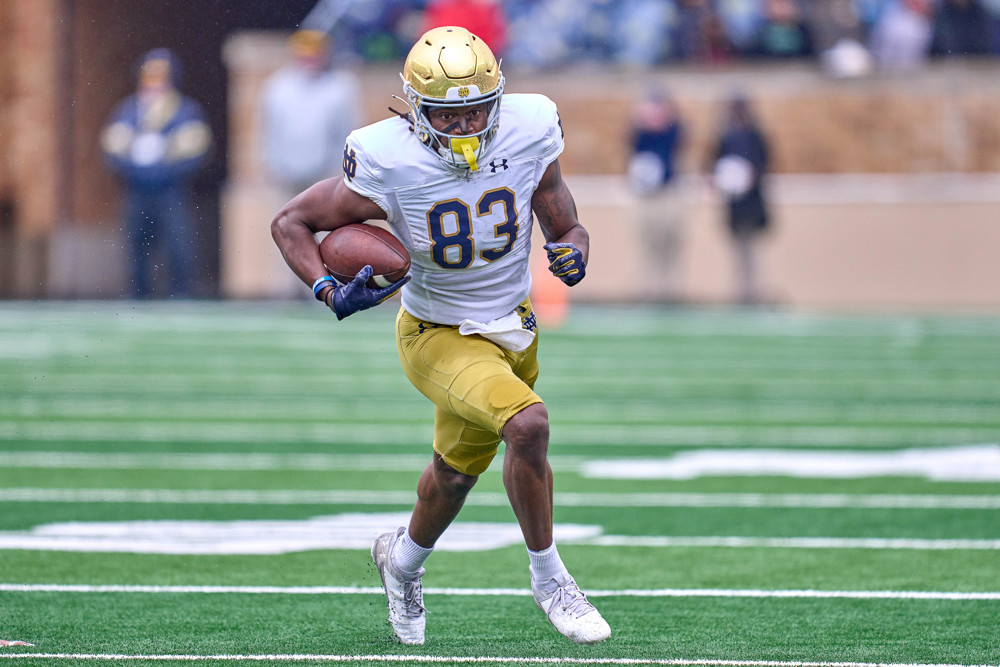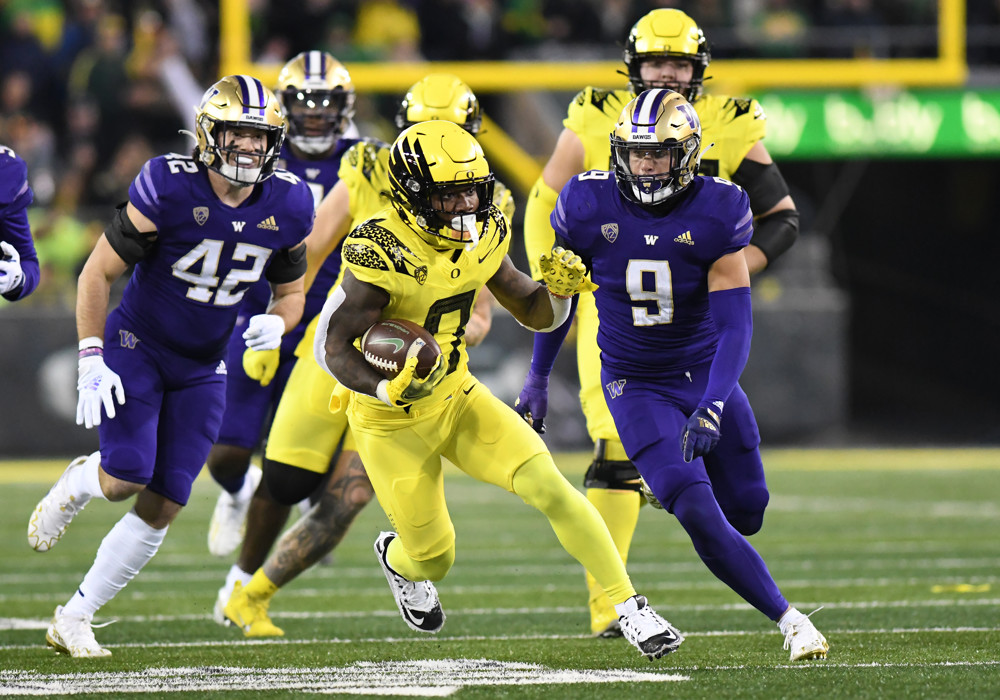Few coaches have won one game by scoring two safeties and another by allowing two safeties. But Kirk Ferentz has done just that. With that in mind, it should not be surprising that his team has a reputation for underwhelming offense.
Based on its performance this season, that reputation seems well earned, as his Iowa Hawkeyes on average score only 17 points per game, 12.5 when discounting defensive scores. Is Iowa’s strategy, tactics, or player development to blame for its offensive futility?
With personnel packages designed for tight ends and fullbacks, the Hawkeyes’ offensive strategy differs from the standard 11 personnel commonly seen today. But running an older scheme does not doom an offense to failure, as teams running all sorts of schemes, from three-back to four-wide, have won championships.
Basing out of 12 and 21 personnel can even create an advantage, as it forces defenses designed for smaller passing offenses to play against an unfamiliar style built around strength and brute force.
Despite their unusual personnel the Hawkeyes use conventional concepts. 75% of their designed runs use zone blocking, with power and counter called occasionally as changeups.
Screens take pressure off the quarterback, as well as rollouts paired with Smash and Shakes concepts. The dropback game features the standard gamut of Slant, Flood and Dagger concepts run by nearly every other offense.
The Hawkeyes have made some poor tactical decisions, such as repeating a formation after a timeout twice this season. Overall, however, they do a reasonably good job of executing their strategy to create mismatches against their opponents.
Facing Rutgers’ 4-2-5 Quarters defense, with 13:12 left in the 2nd quarter, Iowa aligned with its tight end as the outside most receiver to the right. In response, Rutgers shifted its secondary to the other side of the formation, which had more receivers.
This left one defensive back isolated with inside leverage on the tight end, against which Iowa dialed up a 10-yard out route to the tight end for an easy first down. The Hawkeyes went back to the well two more times in this game, catching first downs each time.
With 8:51 left in the 3rd quarter against South Dakota State’s 4-3, Iowa motioned the wing into the fullback spot hoping to get an extra man blocking the back side of the run. The Jackrabbits shift their outside linebacker into the box, gaining another inside defender and stopping the Hawkeyes for no gain.
Two drives later Iowa came back with the same motion. South Dakota State predictably responds as they did before. But this time Iowa ran the zone lead directly at the vacated alley, outside the now-packed box. The motion made the smaller safety, eight yards deep, the primary run defender instead of the bigger linebacker four yards deep, creating a mismatch that nets a gain of 5 yards for the Hawkeyes.
Where Iowa has succeeded in strategy and tactics, it has failed in player development. With an experienced quarterback, two tight ends over 6’4, and three backs who get regular carries, the Hawkeyes average only three yards per carry and complete barely over 50% of their passes.
Spencer Petras, as a 6’5 third year starter, fits the archetype of a successful college quarterback. But with under 63% of his balls on target, Petras does not consistently deliver the ball where it needs to go.
When Petras does hit his target, his receiver often misses. The Hawkeye receiving corps ranks 120th in the FBS in On-Target Catch % at only 83%, and drops nearly one in every 10 passes.
Iowa’s run game does no better. As a unit, Iowa’s running backs average only two yards after contact, a lowly 114th in the FBS. Of the Hawkeyes’ three rotation running backs, none improves the offense’s expected points on more than 38% of his carries, and only Kaleb Johnson has a positive Expected Points Added per Attempt, at 0.001.
Though each position group has had its struggles, none have hurt the rest of the team like the offensive line’s. The Hawkeye line blows 2.1% of its blocks, good for 15th most among FBS teams, and 2.8% of its pass blocks, placing 8th. Their Points Above Average per Play sits at -0.09, ranked 45th worst in the FBS.
Many of the line’s mistakes appear avoidable. Some come down to poor technique:
Others result from simple miscommunication:
Between the technical errors and the lack of communication, the Hawkeye offensive line has given the other struggling units even less of an opportunity to succeed.
With such a poor start to the season, Iowa’s offense should improve by regression alone. But the Hawkeyes do have other reasons to believe their offense will get better. Gavin Williams and Nico Raigani recently returned from injury, and Keagan Johnson should join them soon. All three had over 300 yards from scrimmage last season. Kaleb Johnson will continue to increase his carries weekly by running like this:
Of the offensive line’s starters, four are only sophomores. This same unit also showed great improvement last season as the season progressed. In their first versus last seven games of 2021, the Hawkeyes’ offensive line increased its Points Earned per play from .165 to .2 and blew .3% fewer of their pass blocks, even with the stiffer competition in the back half of its schedule. With more capable weapons and better protection, Petras’ performance should improve as well.
Even with improvement, the offense will not win many games for the Hawkeyes. The rest of the schedule does not make this any easier, especially with games against Michigan and Ohio State in Iowa’s first three conference showdowns. With a better program in place to both recruit and develop its players, Iowa could have avoided the issues present today. Instead, the Hawkeyes’ offense continues to struggle.



